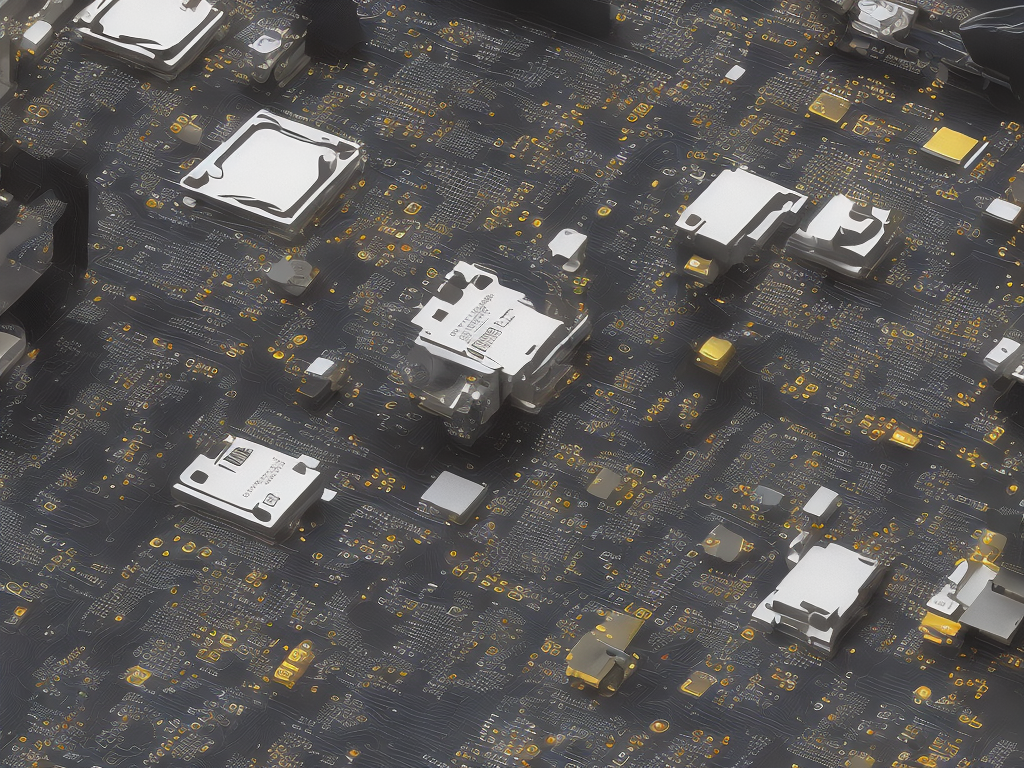
When it comes to computer technology, there are a lot of terms that can be confusing to the average user. Two terms that can cause some confusion are RAM and ROM. While both are used in computers to store information, they have some key differences. In this article, we'll look at the difference between RAM and ROM, how they're used, and why they're important for your computer.
RAM stands for Random Access Memory. This is where your computer stores the data it's currently using. For example, when you open a Word document, the program is loaded into RAM so that you can edit the document. RAM is a volatile type of memory, which means that when the power to your computer is turned off, anything stored in RAM is lost.
ROM stands for Read-Only Memory. Unlike RAM, ROM is non-volatile, which means that it retains its contents even when the power is turned off. ROM is used to store information that must be kept permanently, such as the computer's firmware or BIOS. Firmware is the software that controls the hardware in your computer, while BIOS is the software that boots up your computer when you turn it on.
One way to think of the difference between RAM and ROM is to compare them to short-term and long-term memory. RAM is like your short-term memory - it's where your computer stores the data it's currently using, but it's not meant to last. ROM is more like long-term memory - it's where your computer stores information that it needs to keep permanently.
Another difference between RAM and ROM is how they are accessed. RAM is random access, which means that data can be retrieved from any location in the memory at the same speed. This is why it's called random access memory - it doesn't matter where the data is stored in RAM, it can be accessed as quickly as any other piece of data.
ROM, on the other hand, is sequential access. This means that data is stored in a specific order, and it must be read and written from the beginning of the memory block. This makes ROM slower than RAM, but it's necessary for storing information that must be kept permanently.
When you're purchasing a new computer, RAM and ROM are two important specifications to consider. The amount of RAM in a computer determines how much data it can store and process at any one time. More RAM means better performance, particularly when running multiple programs at the same time.
ROM, on the other hand, is less important when it comes to performance, but it is necessary for booting up your computer and accessing the firmware or BIOS. However, ROM size is usually much smaller than RAM size, so it's generally not a major consideration when purchasing a new computer.
In summary, RAM and ROM are two different types of memory used in computers. RAM is volatile and used for storing data that's currently being used, while ROM is non-volatile and used for storing information that must be kept permanently. RAM is random access, while ROM is sequential access. When purchasing a new computer, the amount of RAM is an important consideration for performance, while ROM size is generally less important.
 Self-Instruct
Self-Instruct